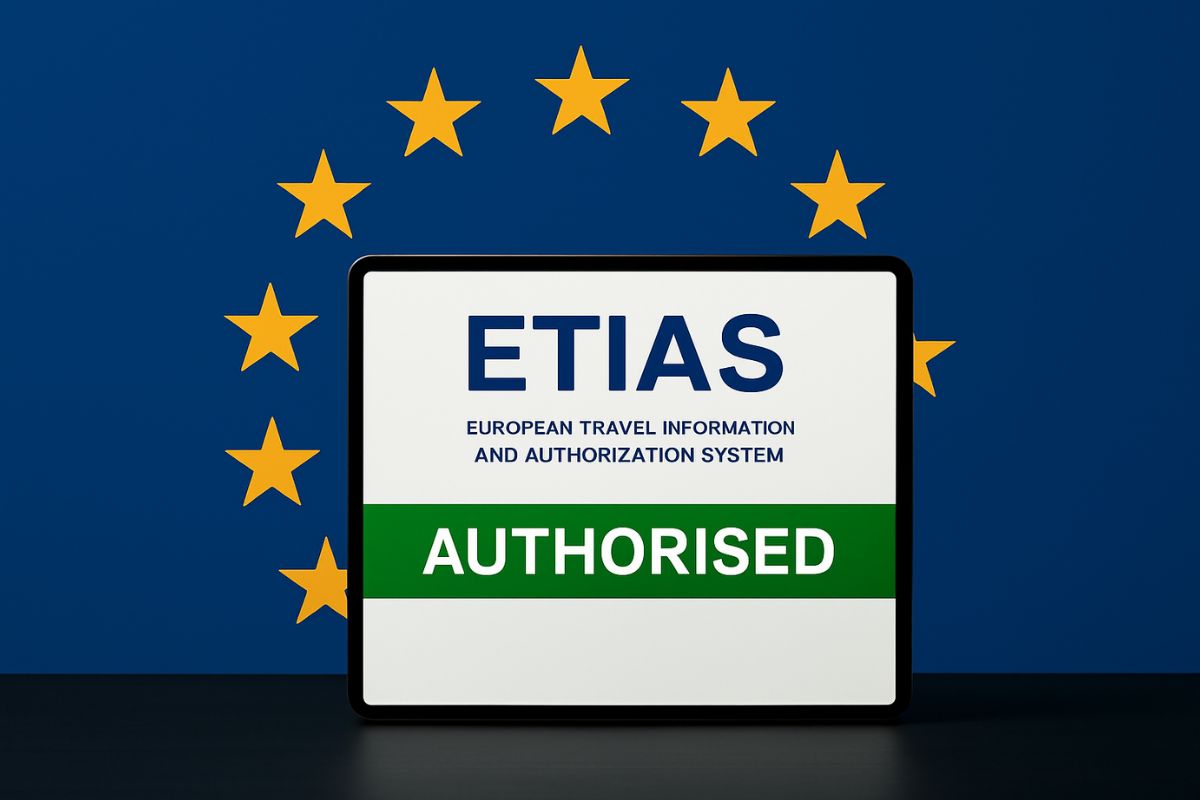Travellers planning European holidays in the near future need to budget a little extra: under a new proposal by the European Commission on Friday, the fee for the European Travel Information and Authorisation System (ETIAS) is set to increase to €20, nearly three times the originally planned €7.
The updated cost, which translates to €20 (Approx $23), is part of a wider EU funding strategy said to help cover administrative costs and bring the fee closer in line with comparable international systems.
If approved, the revised fee will apply when ETIAS officially launches in the final quarter of 2026.
What is ETIAS, and Who Will Need It?
ETIAS is a digital permit that will soon be mandatory for travellers from visa-exempt countries. This includes nationals from the United States, Canada, Australia, the United Kingdom, and over 50 other countries.
While citizens of EU member states don’t need to apply, non-EU nationals entering the Schengen Area, which includes 27 countries, will be required to obtain an ETIAS before departure.
Once granted, the ETIAS is valid for three years or until passport expiry, whichever comes first, and allows multiple short stays (up to 90 days per 180-day period).
Who’s Exempt from the Fee?
Not everyone will need to pay. According to the European Commission:
- Children under 18 and seniors over the age of 70 will be exempt from the €20 ETIAS fee.
- However, all eligible travellers, regardless of age, must still apply for and obtain valid authorisation before their trip.
Key facts about ETIAS
| Feature | Details |
|---|---|
| Launch Date | Expected in Q4 2026 |
| Fee | Proposed at €20 |
| Validity | 3 years or until passport expiry |
| Application Process | Online, takes a few minutes |
| Required for | Citizens of visa-free countries (e.g., USA, UK, Canada) |
| Exemptions | Under 18s and over 70s |
Why the Fee Hike?
Originally agreed upon in 2018, ETIAS was expected to launch with a modest €7 application charge. However, Brussels now argues that rising inflation, increased tech costs, and operational upgrades justify the nearly threefold increase.
“It will also bring the cost for a travel authorisation to the EU in line with similar travel authorisation programmes,” said the European Commission in a recent statement.
How the Fee Compares Globally
Here’s a quick look at how the ETIAS fee stacks up:
| Travel Authorisation | Region | Fee |
|---|---|---|
| ETIAS | EU | €20 (~$23) |
| ESTA | USA | $21 |
| ETA | UK | £16 (~$21) |
Despite the increase, the EU argues the cost remains in line with international norms and still offers three years of access to multiple countries.
When is ETIAS Coming?
After multiple delays, the ETIAS system is now expected to become fully operational by Q4 of 2026, barring any further postponements. The increased fee proposal will go through a two-month review period by the European Parliament and EU member states before final approval.
This announcement comes alongside Brussels’ proposal for a major €2 trillion long-term EU budget for 2028–2034, as the bloc looks to raise new revenue through mechanisms like carbon border taxes and digital waste levies.
What’s Next?
The European Parliament and EU member states now have two months to review and approve the proposed €20 fee. If cleared, it will go into effect once ETIAS becomes operational in late 2026.
For travellers, this means budgeting for a higher upfront cost, but also preparing early to avoid last-minute travel disruptions.
Final Thoughts
While the ETIAS fee hike might sting a little, it’s not entirely unexpected. Global travel systems are becoming more digital, more secure, and yes, more expensive to maintain.
If you’re planning trips to Europe post-2026, keep an eye on ETIAS updates, mark your calendar for its rollout, and don’t leave the application to the last minute.
Follow and connect with us on Facebook, Twitter, LinkedIn, Instagram and Google News for the latest travel news and updates!
